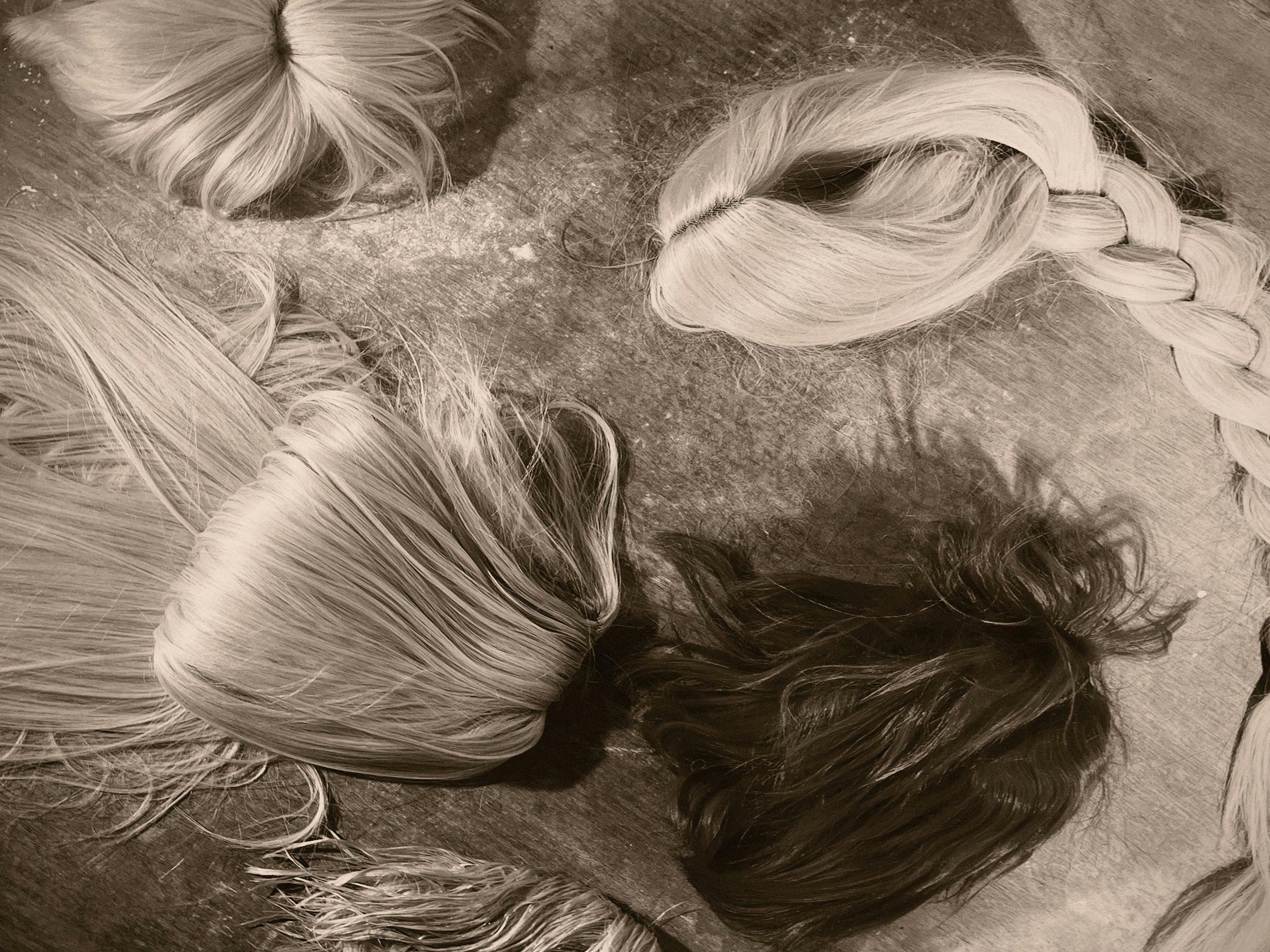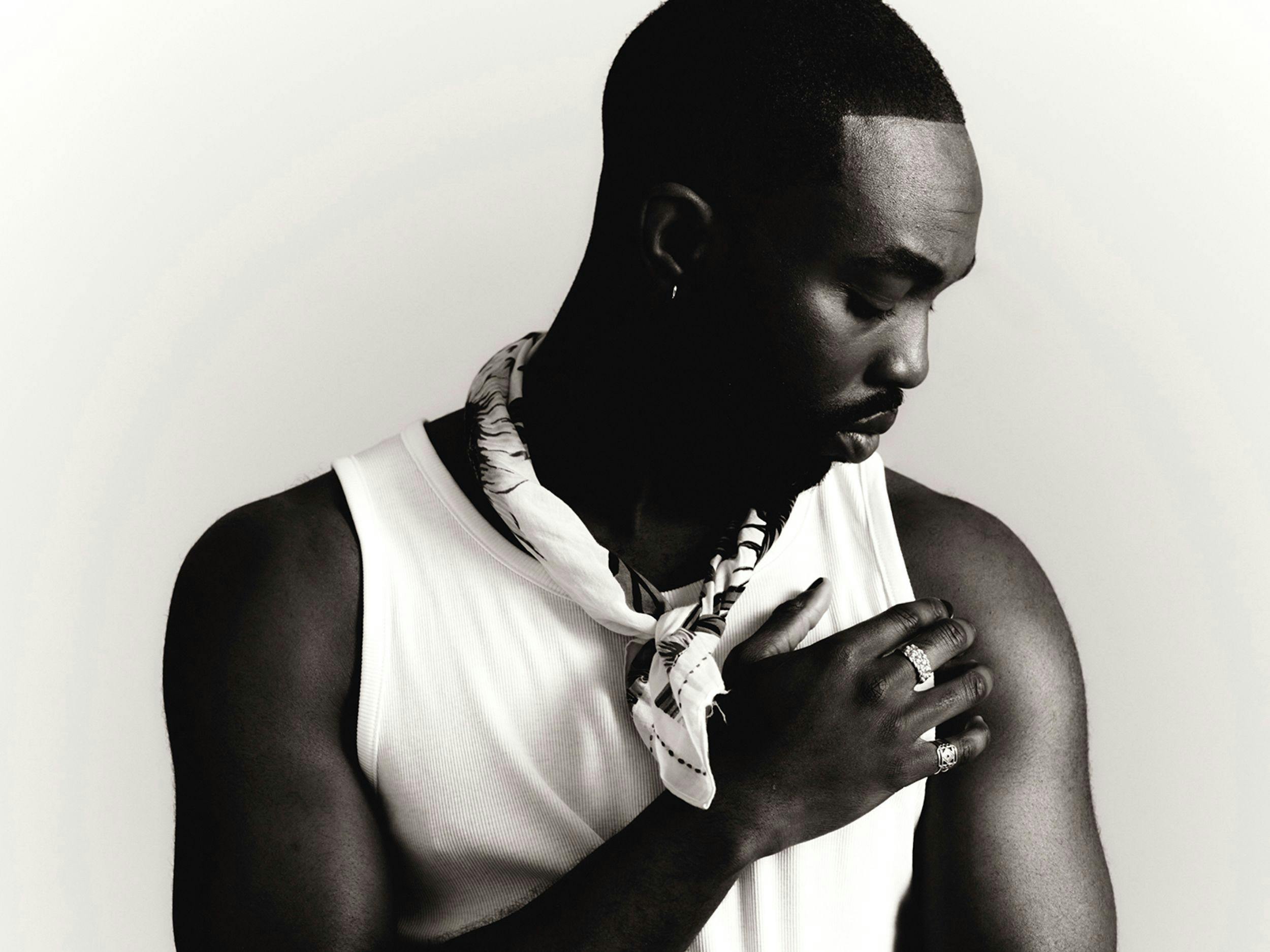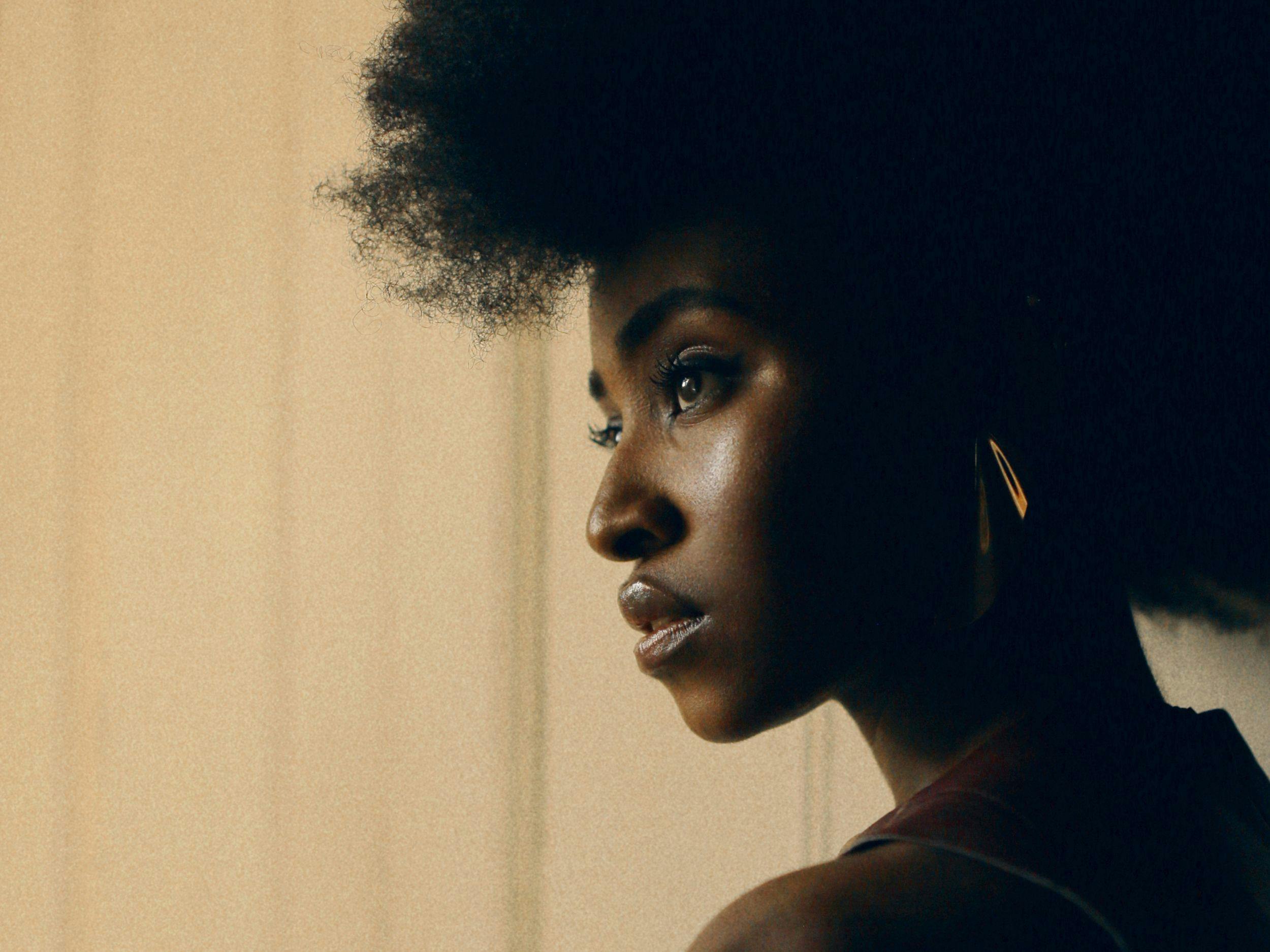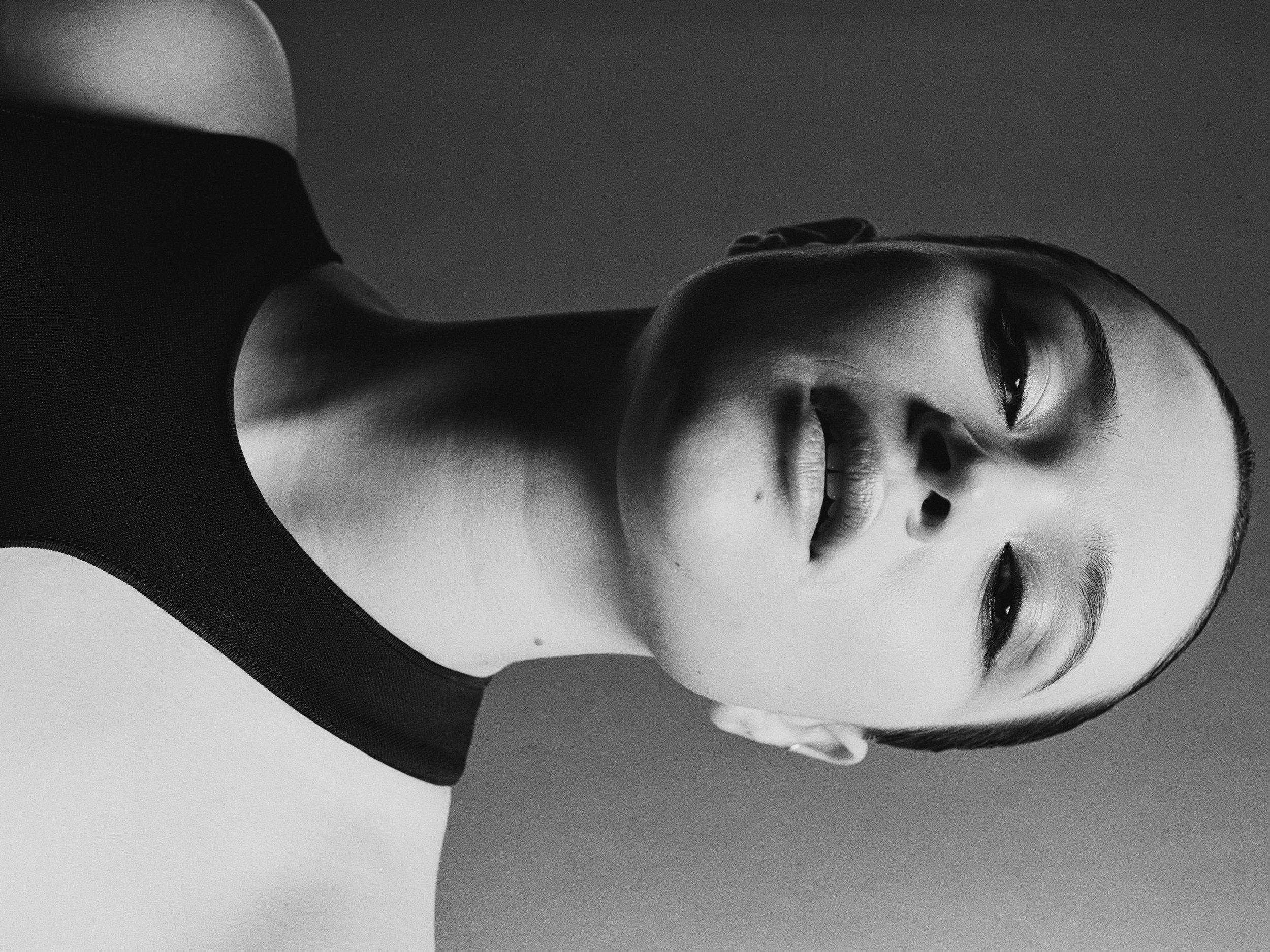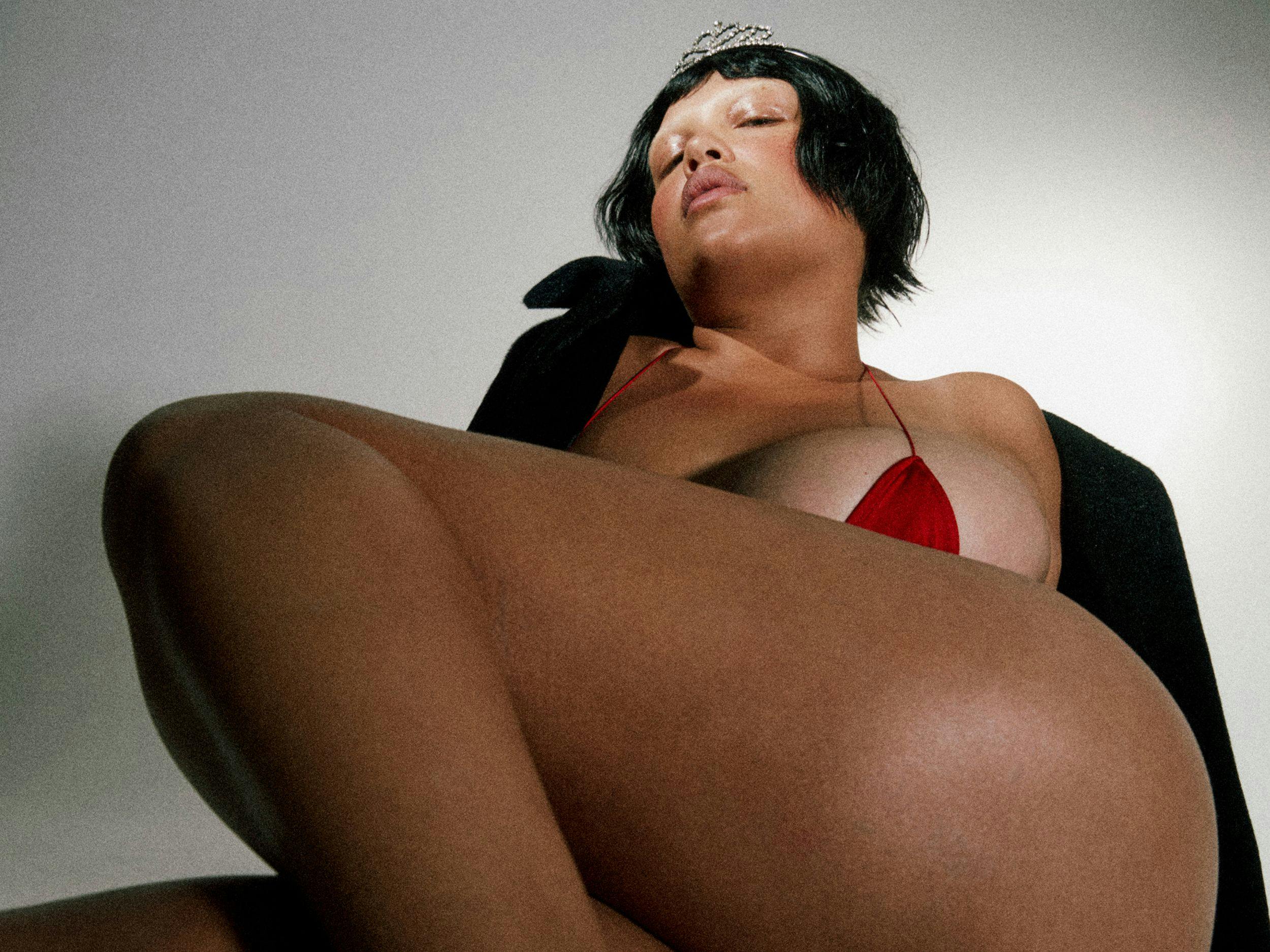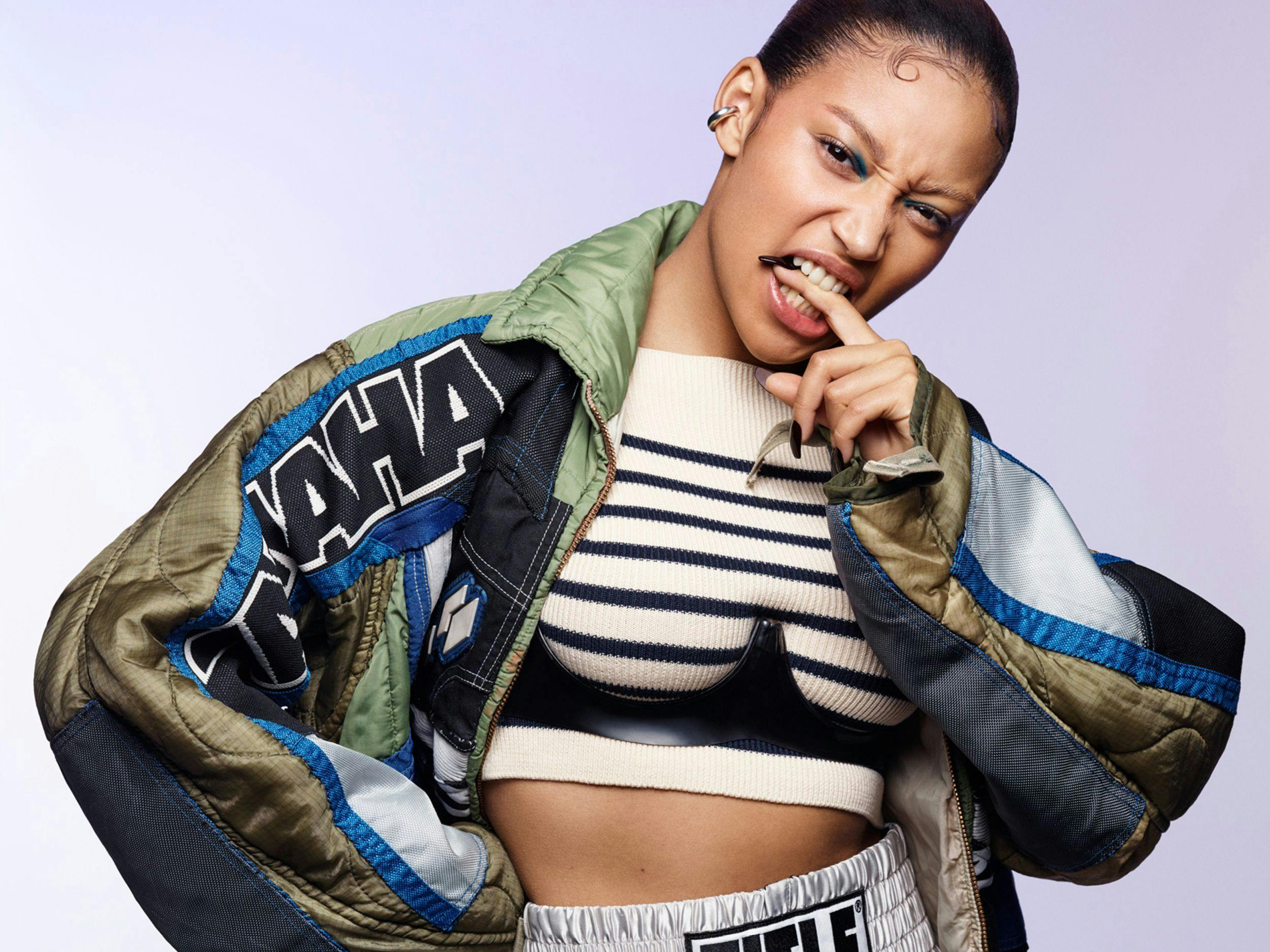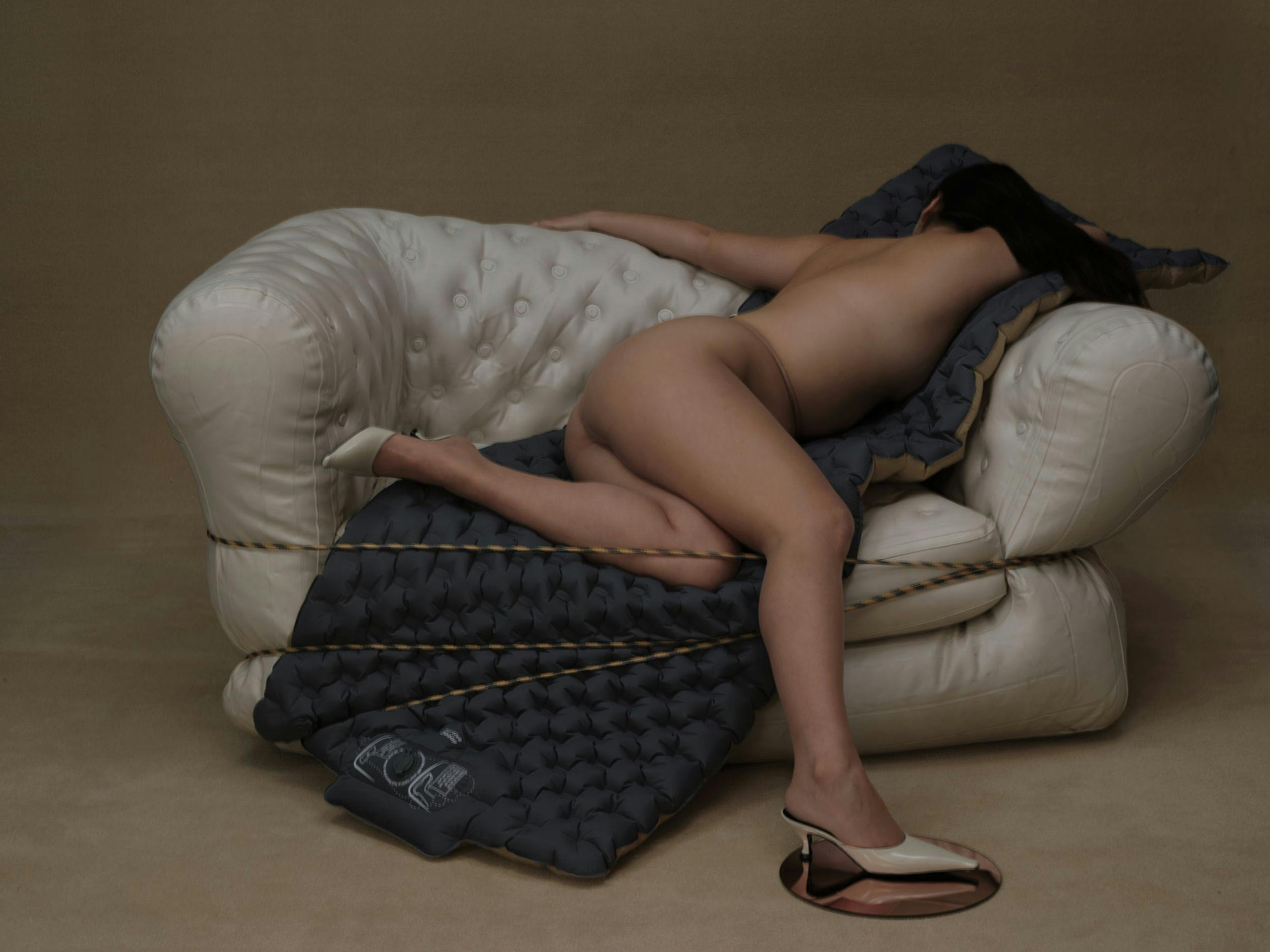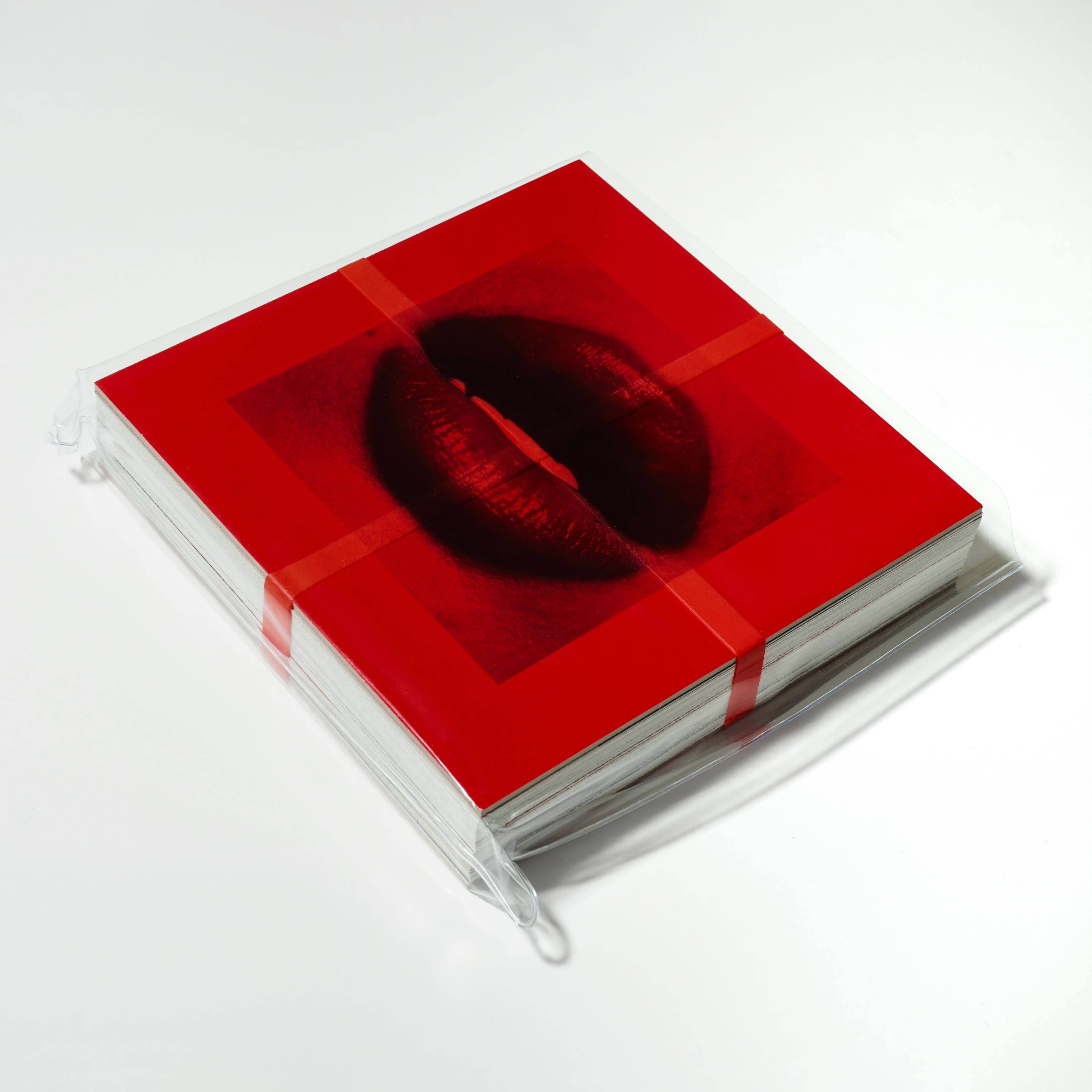
Max Papendieck’s Body of Work
“I shot forty-seven people in one day—people from all walks of life.“
When embarking on the task of photographing forty-seven subjects in one session, a portraitist already has much to grapple with logistically and creatively. To further complicate the task, imagine encapsulating dozens of subjects’ essences in the nude, in fifteen minutes each. A project consisting of such depth with such constriction of time may seem impossible, illogical, or creatively insurmountable for a single lens, an individual eye. In Australian fashion photographer Max Papendieck’s case, however, the prospect instilled a thrill, an opportunity to engage in pure photographic liberation with no regard for the boundaries inherent to the glossy editorials he is best known for.
Distilling the resulting photos into a single book, Body of Work, was the result of a series of collaborations between Papendieck and the team at Graphic Services, spearheaded by Jasmine Holm and Marcus Hollands, who oversaw the art direction and design. Papendieck initially contacted the duo for assistance in branding his new studio, Greenpoint’s Neighbors. Seeing the caliber of their work, the photographer arranged a meeting with them over a bite at Williamsburg’s Diner this past spring to discuss his own branding and website. As their conversations developed following the meeting, the scope of their collaboration quickly ballooned.
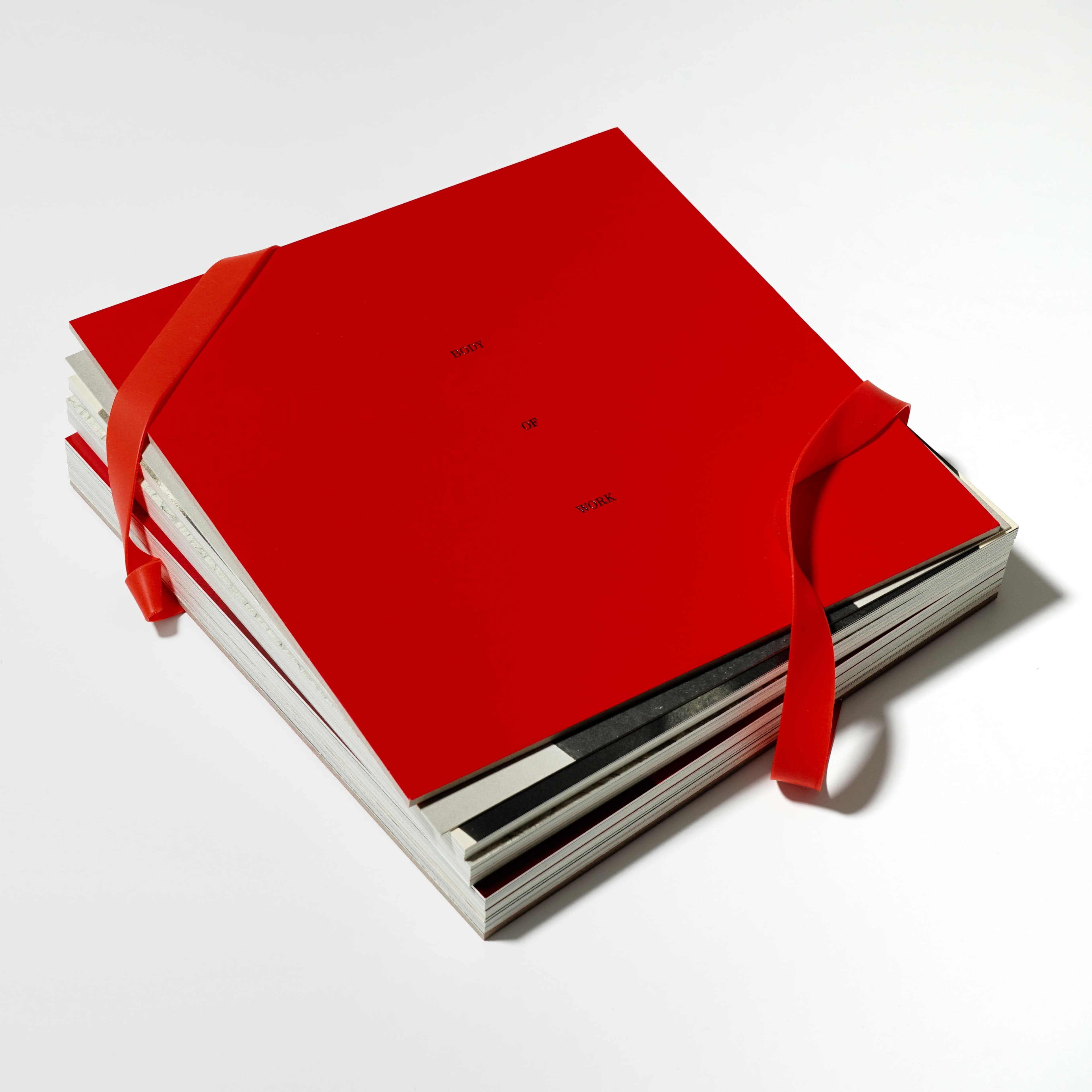
Rather than opting for a traditionally bound publication, the project consists of seventy-five image cards collected within a printed vinyl sleeve; two ribbons, both a striking red in keeping with the color motif interspersed within, hold the cards together as if they were a gift to a loved one. The pared-back graphic design package maintains the viewer’s focus on Papendieck’s subjects, with each image occupying the entire front of its card, baring its subject’s silhouette—in alternating flashes of monochrome, color, and all-encompassing red—in juxtaposition to a largely blank back.
When conceptualizing the visual package of the publication, Papendieck and Graphic Services drew upon the color palette they developed for his website and branding: red. “It’s strong, romantic, violent, dark, warm. It is a color that can be interpreted in many ways. So I think it was perfect for this project,“ Papendieck asserts.
Graphic Services’s minimal usage of text eliminates the possibility of distraction, compelling the viewer’s gaze towards the subjects and nothing else. Mononymously named and serialized in order of appearance, the bodies are only attributed to their subjects briefly and unceremoniously by their first names. The intention is clear: Regard each photo as it comes, and observe each individual as they are, with Papendieck’s lens to guide your contemplation.
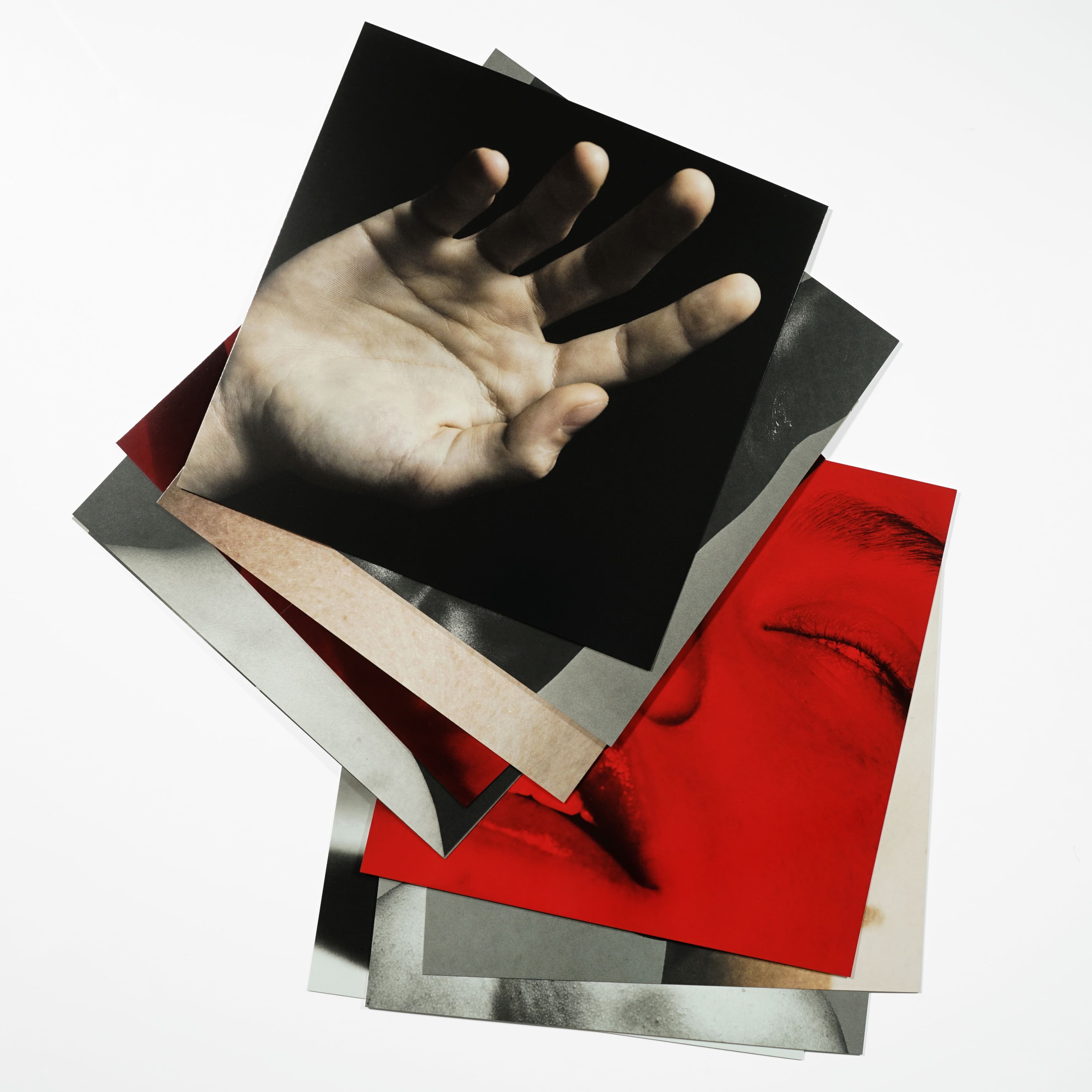
Fashion imagery’s traditional bodily norms were largely disregarded within the casting process. In nearly every category—from race to age to ability and body type—the subjects run the gamut of possibilities. “We let Shawn [Dezan] do his thing with casting,“ Papendieck underscores about the process of selecting such a diverse array of bodies. “The subjects fall outside of the typical forms of fashion. I got to photograph them at their most vulnerable and intimate time,“ he chimes. “The pictures were just a bonus.“
One model, Hamilton, averts his attention from the frame, his disheveled hair insinuating a mischievous circumstance. In the following macro shot, subject Wenhao directs his gaze into Papendieck’s lens with heightened intensity, with only one eye and brow in view. Further along, one encounters an aged and scarred torso, cascading upon itself downwards to Mick’s inguen. At one point, Jesi’s buttocks posture to frame, her vitiligo shaping around her curvatures as if to emphasize her silhouette. Concluding the book are a set of lips belonging to a certain Sophia (Lamar, for those in the know), pursed ever so slightly around each other in a simultaneously curious yet hintingly flirtatious manner.
Stressing the importance of a subject’s comfort on set, Papendieck recalls his own career as a model. “A lot of the time I was uncomfortable in front of the camera,“ he points out. “It is my priority to make sure the talent is comfortable with me on set. I could feel that and the energy translated to the work.“ His emphasis on developing a quick rapport with his nude subjects spurred another benefit of the project: the stories each person proffered.
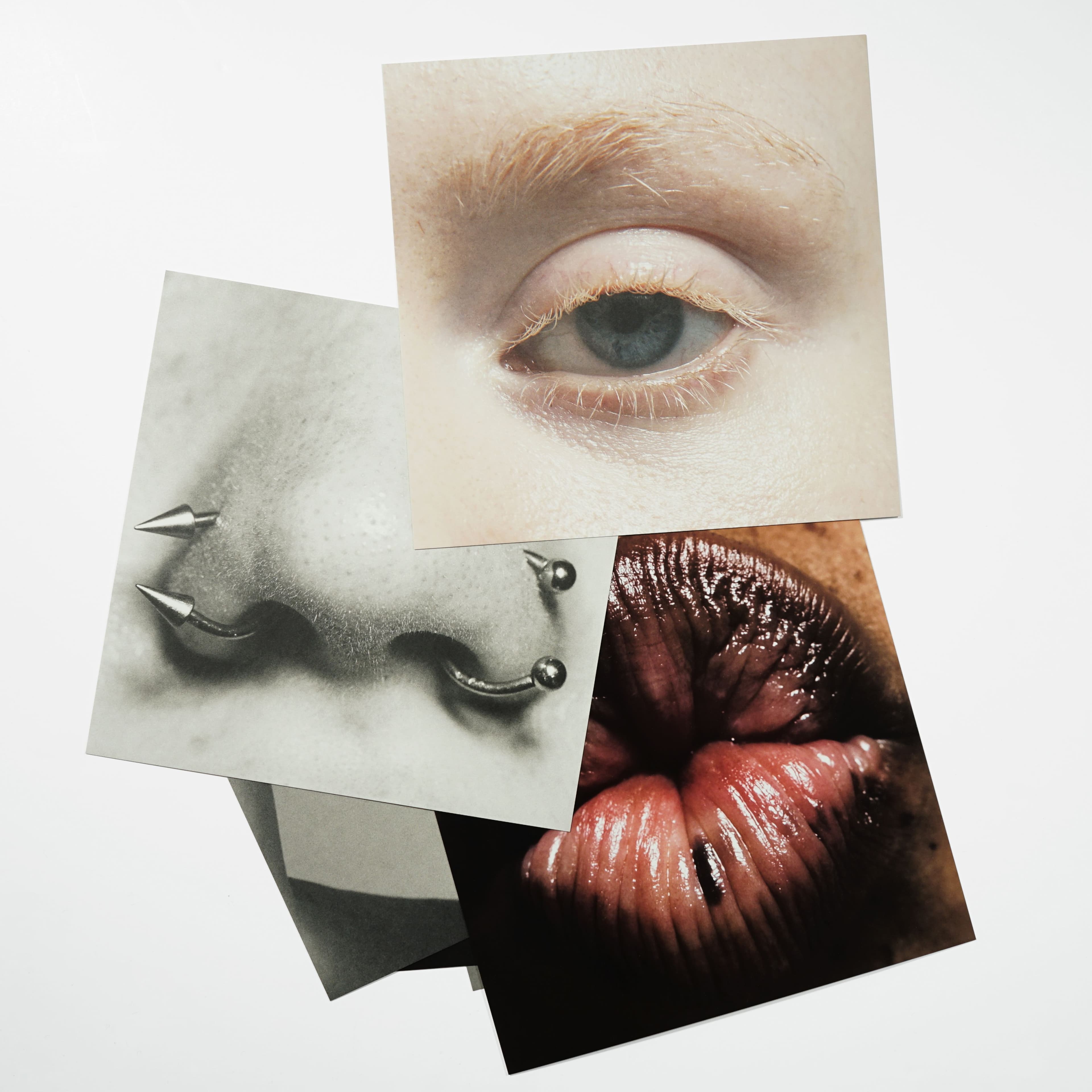
“Everyone was special in their own way, but there were definitely a few people that stood out to me,“ Papendieck notes, specifically recalling the history of the man within the aforementioned older torso. Mick had just received a prosthetic penis after beating a rigorous case of prostate cancer at the time of shooting, telling Papendieck he “was just happy to be alive and to be standing in front of [Papendieck].“ Mick, a New Jersey-based Irishman, was not alone in striking a chord with the photographer, who has shot for the likes of Maybelline, V Magazine, and multiple Vogue publications. “There was a blind and albino lady who I was so humbled to meet and photograph,“ Papendieck notes. “The fact that she may not see the photograph clearly herself made it more of a trusting experience for us both.“
As the culmination of Papendieck’s first self-conceived and self-motivated project, he feels Body of Work to be a potent lesson and point of reflection on his career thus far and moving forward. “I learned that I’m so lucky and privileged to be able to do what I do. I could have never imagined this to be my profession, meeting and taking photographs of people.“
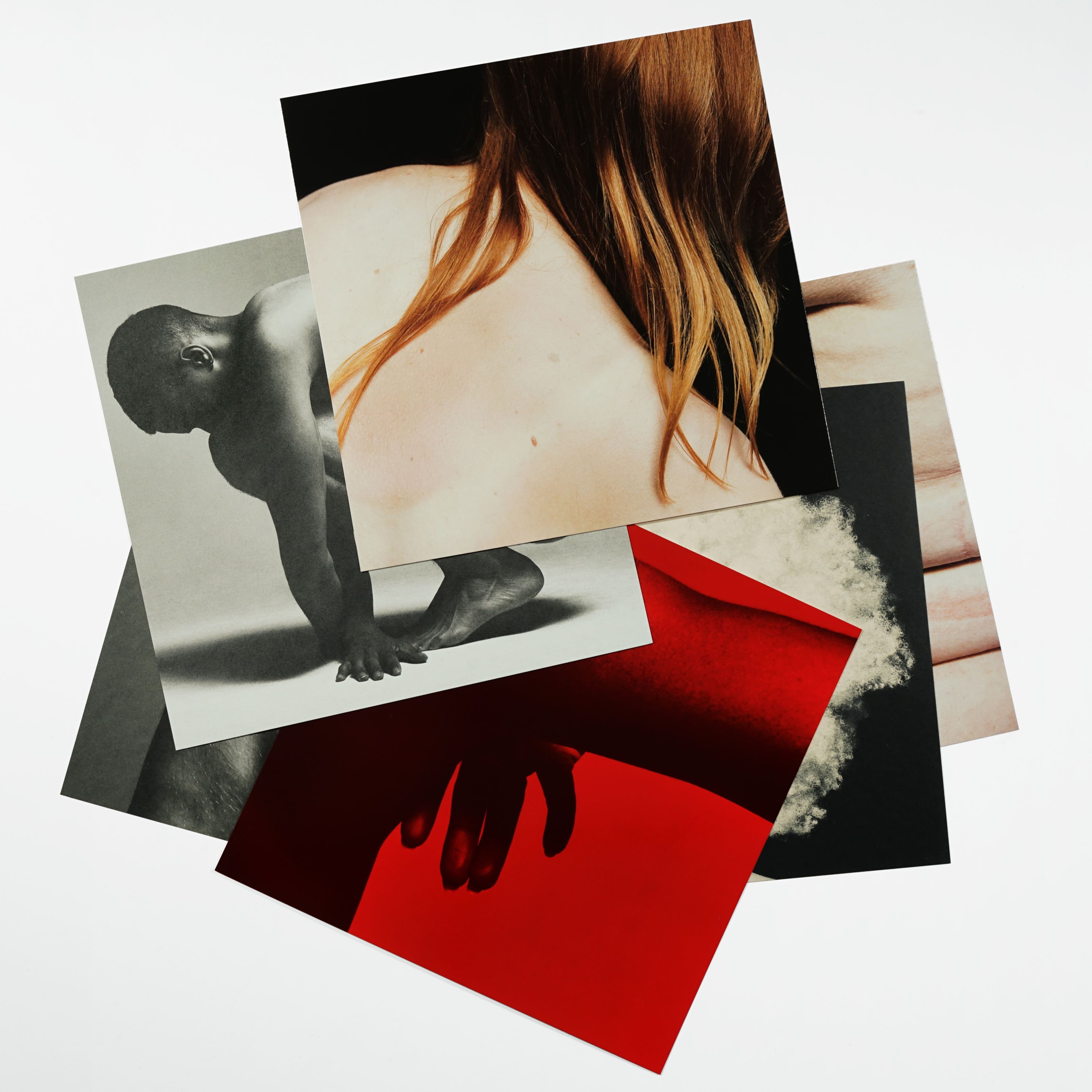
Reflecting upon the resultant product, a limited two-hundred-copy run, Papendieck believes it to exceed the full team’s initial expectations. “I don’t think any of us expected the end result to be as successful as what it turned out to be,“ he remarks in retrospect. “Photographing people without fashion and without a commission is liberating. I think it has forever changed my perspective on how I view my job and life.“
“I went into this open-minded and open-hearted and I think I gained more from it personally than anyone that I photographed,“ he adds. “I met so many incredible people that day.“
Body of Work is out now.
As a nonprofit arts and culture publication dedicated to educating, inspiring, and uplifting creatives, Cero Magazine depends on your donations to create stories like these. Please support our work here.
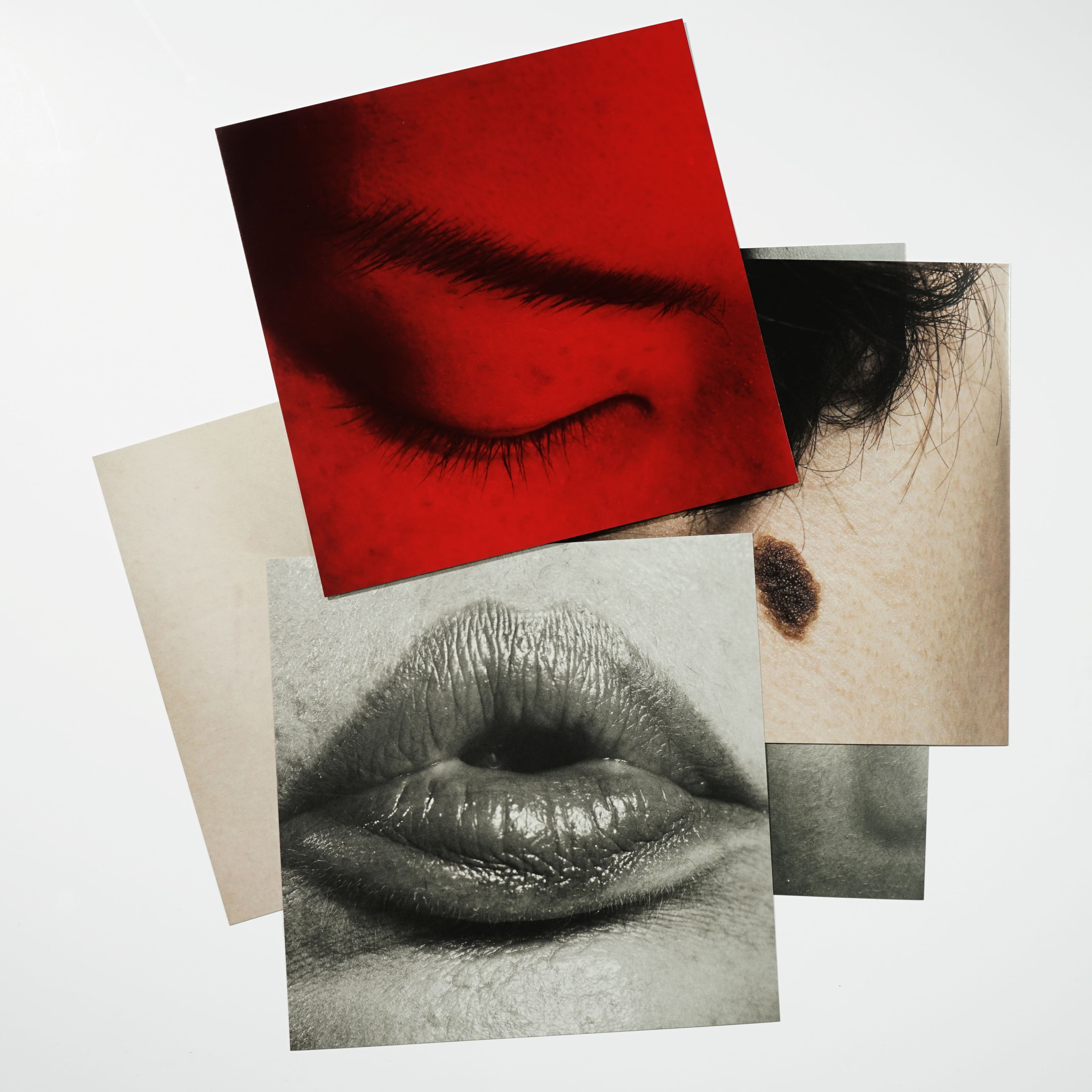
As a nonprofit arts and culture publication dedicated to educating, inspiring, and uplifting creatives, Cero Magazine depends on your donations to create stories like these. Please support our work here.
